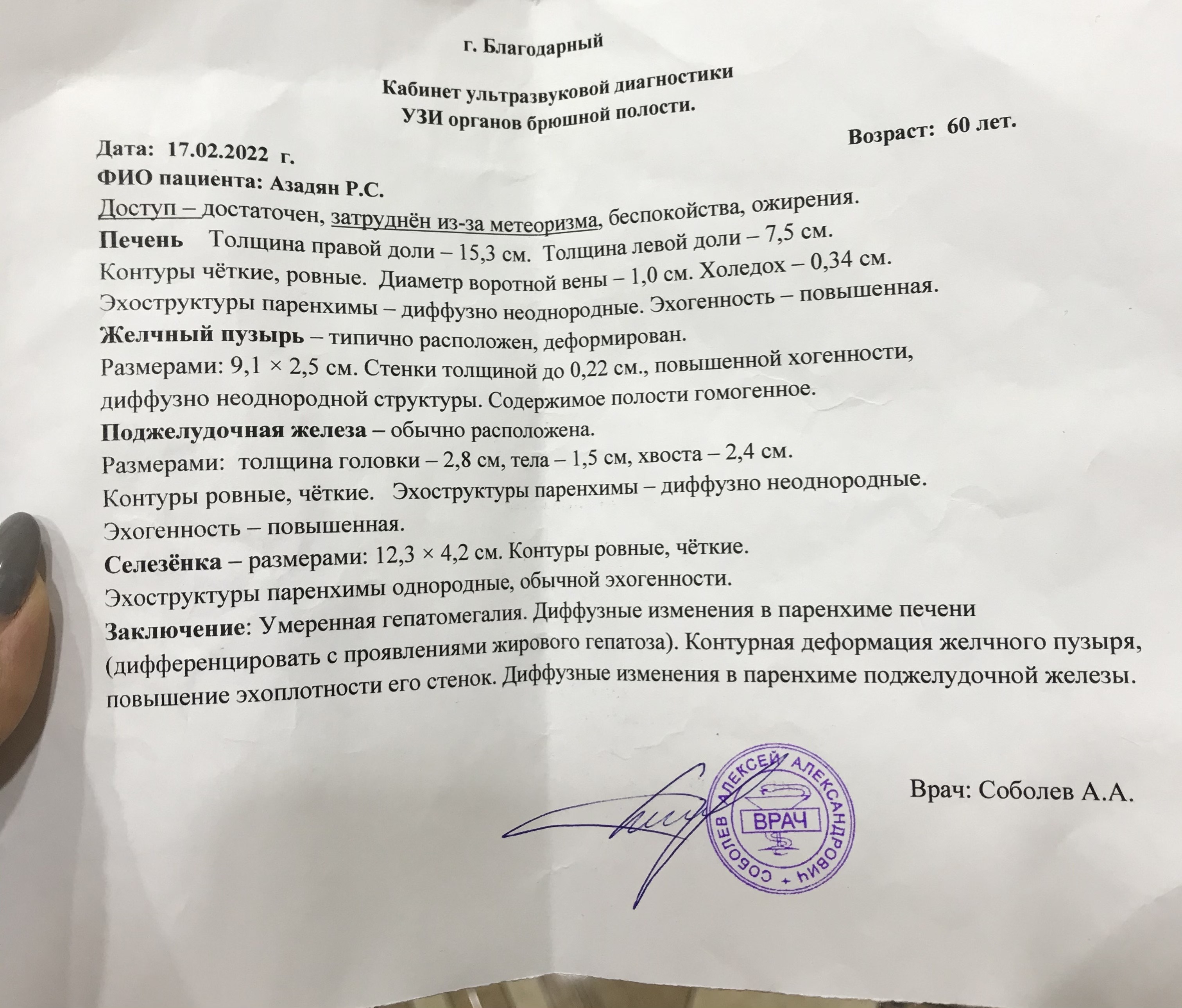Critical Steps in Thyroid Health Management
페이지 정보
작성자 Christa 작성일25-05-22 23:04 조회2회 댓글0건관련링크
본문
Here's a easy-to-follow guide on how to track your thyroid symptoms:
Start a symptom journal: Keep a notebook or use a mobile tool to record your symptoms daily. Include the day, time, and a detailed account of your symptoms such as fatigue, weight changes, mood swings, or any other symptoms you're experiencing. This will help you spot any patterns or correlations between your symptoms and other factors like your menstrual cycle, diet, узи щитовидной железы or stress levels.
Create a symptom rating system: Develop a rating system to quantify your symptoms. For example, you can rate your fatigue level from 1 to 10, with 1 being no fatigue and 10 being extreme fatigue. This will make it simpler to monitor changes in your symptoms over time.
Identify your triggers: Notice attention to any factors that aggravate or alleviate your symptoms. This could be your diet, exercise routine, stress levels, or contact to certain environmental toxins. Once you spot your triggers, you can implement steps to avoid or reduce them.
Track your thyroid hormone levels: If you're taking thyroid medication, track your thyroid hormone levels, particularly TSH (thyroid-stimulating hormone), T4 (thyroxine), and T3 (triiodothyronine). Your healthcare provider may also recommend tracking other hormone levels like Free T4 and Free T3. This will help you understand how well your medication is working and make any necessary modifications.
Monitor your vital signs: Keep track of your temperature, heart rate, and blood pressure. These vital signs can provide valuable insights into your thyroid function. For example, low body temperature is often associated with hypothyroidism.
Review and analyze your data: Regularly examine your symptom journal, scoring system, and tracked data. Look for patterns, correlations, and changes over time. This will help you spot any relationships between your symptoms and other factors.
Discuss your findings with your healthcare provider: Share your symptom journal, tracking data, and findings with your healthcare provider. This will help them understand your symptoms and adjust your treatment plan accordingly.
Remember, tracking your thyroid symptoms is not a one-time activity but an ongoing process. It requires commitment, patience, and diligence. By effectively tracking your symptoms, you'll be better prepared to manage your thyroid health and make informed decisions about your treatment plan.

댓글목록
등록된 댓글이 없습니다.









